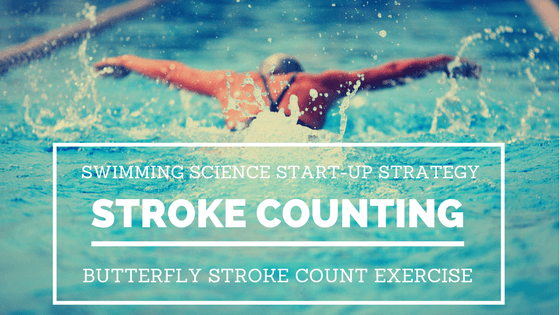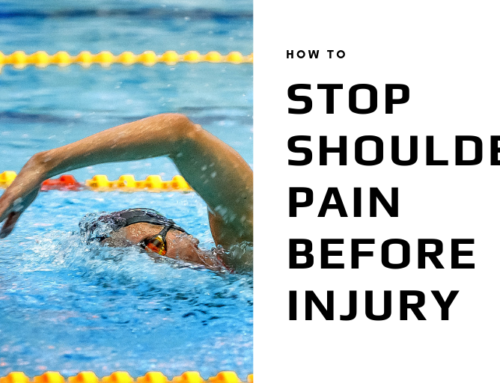If you’re reading our blog, you’re at least a little interested in swimming biomechanics and our science-based approach to technique. One question we often hear from coaches is, “Where do I start?”
It’s a good question: How do you begin to introduce this new approach to your club?
We suggest that a great way to begin is with numbers! In fact, we believe that quantitative data is the most valuable feedback you can give your swimmers. Happily, stroke counts provide quantative data that can help identify a swimmer’s strengths and weaknesses.
The stroke counting exercise below will help you gather quantitative data from your swimmers and use it in a meaningful way.
In a set of 25’s fly on an easy interval (like 1 minute), have swimmers count their strokes at increased levels of effort – 60%, 70%, 80%, 90% and 100%. Record the counts. (Make sure their push-off is consistent and they move their arms continuously.)
- Look at the variation with perceived level of effort. (Overall, each swimmer’s butterfly stroke counts should not vary more than 1-2 strokes in any effort level.) It is typical to see swimmers with low stroke counts for lower effort levels, and much higher counts (around 5 more) for higher effort levels. It is natural to move your arms faster when you want to go faster, but an increase in stroke count indicates that technique is suffering as a result.
- Working with your swimmers individually, identify what element of their technique is failing at higher effort levels. Maybe their breathing becomes exaggerated, or the arms are not completing the push phase. Discuss with the swimmer and make suggestions for improvement.
- Repeat!
Implementing this stroke counting exercise on a regular basis can help you track progress and skill mastery. And it gives you a clear way to add data – and science – to your workout.






